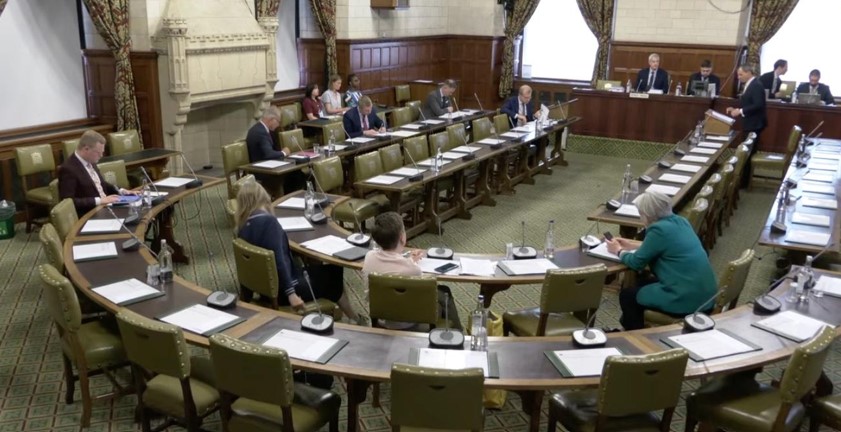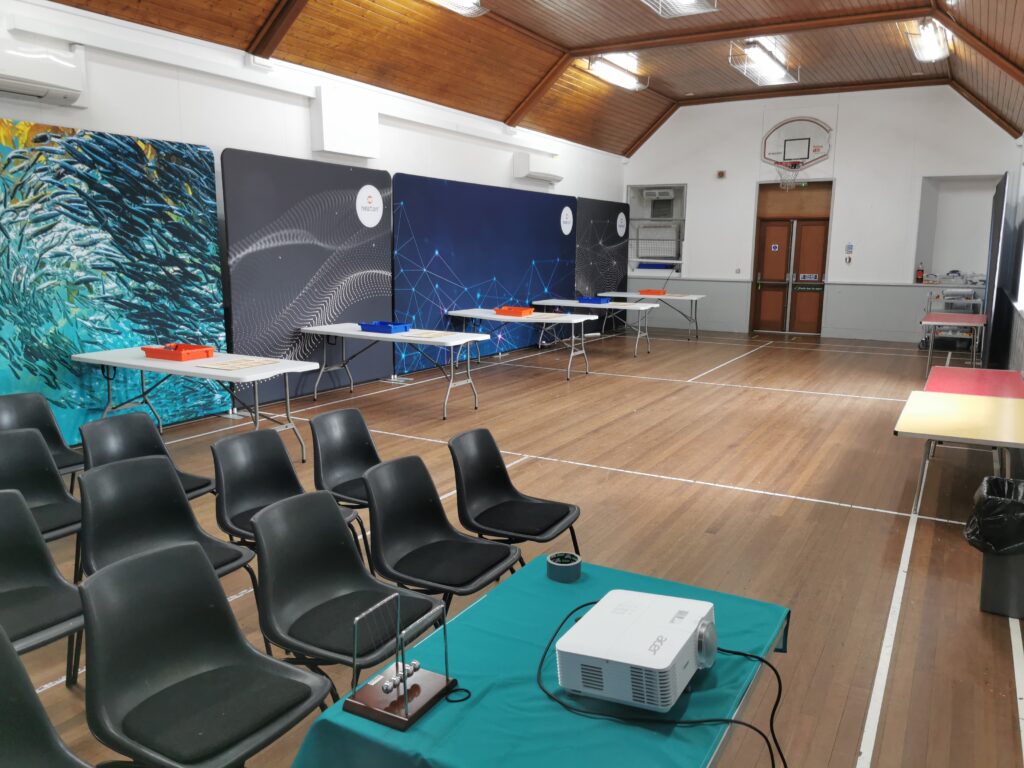By Brooke Cary
Since reaching the historic Paris climate agreement in 2015, global leaders have stressed the need to make even stronger commitments to limit the impacts of climate change. And while U.S. President-elect Donald Trump is making promises to bring back coal jobs and “unleash” fossil fuel production., U.S. businesses are forging the kind of low-carbon economy envisioned in the Paris Agreement.
Hundreds (yes, hundreds) of U.S. corporations and investors have made their own commitments to uphold the international climate accord.
Several of the same corporate leaders who voiced concerns over Trump’s policies in the U.S. have met with the President-elect, including Tesla CEO Elon Musk, who is operating a giant solar and battery storage business, and Amazon CEO Jeff Bezos, who recently joined Microsoft founder Bill Gates in a $1 billion fund to sponsor clean energy and clean tech startups.
Whether Trump follows the lead of these executives and other businesses around the world in pursuing the innovation and economic growth potential of climate-friendly business practices is another question. As is the question of whether, under Trump, the U.S. will remain a leader in the growing clean energy market — at least, from a policy perspective.
“The enormous momentum generated by the business and investment community to address climate change cannot be reversed and cannot be ignored by the Trump administration. That train has left the station and to stand in its way is folly,” Matt Patsky, CEO of Trillium Asset Management, a socially responsible investment firm, said in a statement.
“Nevertheless, we know that now is the time to remind the incoming administration that virtually every company in the Fortune 500 and over $100 trillion in investor assets has acknowledged the reality of climate change and the need to address it head on.”
Many top companies, in industries ranging from technology and transportation to food and retail, have been doing just that. Here are a few of them.
Tesla
Tesla has long been a leader in innovative battery technology. The challenge is making its models affordable to mainstream consumers. But since the Paris Agreement was signed, Tesla has made a commitment to increase its sale of electric vehicles by 30 percent by 2030, which translates into lower cost for its electric vehicles and a 30 percent emissions reduction for the company.
Marty Spitzer, Senior Director of Climate and Renewable Energy for the World Wildlife Fund, considers this technology the linchpin to a successful clean energy future.
“Once you start to put batteries everywhere, those are going to be the storage mechanisms for balancing renewables on the overall electricity systems,” Spitzer said. “Battery systems are going to be … the keys to success.”
And it’s already happening. Tesla has been developing its own solar roofing and combining it with battery storage technology to up energy efficiency for residential, commercial, and utility scale systems. The company has taken one of the things it is best known for—aesthetics—and applied it to renewable energy. Tesla’s solar Powerpack and Powerwall are designed to have the appearance of a modern roof, while capturing and storing solar energy.
Autodesk
Autodesk, the design software company, is known for its innovative approach to technology, so it is not surprising they are seizing the opportunity to apply that to clean energy.
Through Autodesk’s Entrepreneur Impact Program (EIP), the company has sponsored startups and entrepreneurs whose products include an electric vehicle charger which uses recycled batteries, hydroelectric wave power, and ultralight and durable wind power technology, as well as sustainable energy products for off-grid communities in the developing world.
QBotix, one of the sponsored companies, has developed a robotic solar tracking system. This system uses smart robots to adjust up to 1,200 solar panels every 45 minutes in order to achieve maximum solar absorption. It claims to reduce the cost of solar by up to 20 percent.
In 2015, London-based Vantage Power, also supported by the EIP program, invented a hybrid technology that plugs into current models of public buses, cutting fuel consumption and emissions from existing buses by as much as 40 percent.
Autodesk also has been working with its customers to support innovative, affordable, and efficient clean energy solutions. One such project is WindPax’s “portable wind energy design,” which aims to bring electricity to the developing world. WindPax, QBotix, and Vantage Power each worked with Autodesk software to help design their products.
Furthermore, Autodesk has reduced emissions in its production by 33 percent in 2016 and established an internal price on carbon starting in fiscal year 2016, which will “help spur smart investments in renewable energy, energy efficiency, as well as innovation and new partnerships with customers who share our commitment to a low-carbon economy,” according to its website.
Microsoft
Long before the Paris Agreement, climate change has been an important issue for Microsoft. In addition to being powered by 100 percent renewable energy since 2014, Microsoft has been working with cities to develop clean energy and efficiency initiatives.
The city of Seattle worked with Microsoft along with Accenture and Seattle’s local utility to create a smart building program to help reduce the city’s downtown power usage by 25 percent. The collaboration used a number of Microsoft software programs to assess and store energy data, which allowed building managers to then make real-time equipment adjustments to increase energy efficiency.
Since 2014, Microsoft has “cut energy use by about 10 percent at our 125-building, 500-acre Redmond campus” through its energy-smart buildings initiative, which saved them a cool $2 billion in its first year.
Tetra Pak
Tetra Pak has committed to procuring 100 percent of its electricity from renewable energy sources. The food packaging and processing company has also been involved in the We Mean Business coalition and the Renewable Energy Buyers Alliance, which helps businesses cut the costs for the initial transition to renewable energy.
On a practical level, the company has worked to reduce emissions along the supply chain by incorporating recycled and renewable materials into its cartons, caps, and other packaging products.
Ben & Jerry’s
Tesla Model S electric vehicle decorated with a Ben & Jerry’s logo. Credit: Artaxerxes, CC BY–SA 3.0
Despite public pushback on the impacts of dairy related emissions, Ben and Jerry’s clearly acknowledges the significant and problematic effects within the industry.
In response, these ice cream makers have been working alongside its supply farmers to implement manure separators at their farms. The manure separators help prevent methane from being released into the atmosphere or going into the ground, and work by drying manure and accelerating the composting cycle. Much of this work is done through Ben and Jerry’s Caring Dairy program, where dairy farms must agree to meet certain standards and implement two improvement plans to qualify for better premiums for their milk.
In addition, the company has collaborated with the French environmental consultant Pur Projet to set up sustainable agroforestry projects, which will help mitigate temperature changes at vanilla farms in Peru and Uganda.
Ben and Jerry’s has also established an internal carbon price of $10 for every metric ton of greenhouse gas emitted. The “price” of this carbon will then be reinvested into the research and development of more efficient and sustainable technologies.
“We have to make the solid business case at the local, business, and policy level,” said Chris Miller, social mission activism manager for Ben and Jerry’s.
“When we do that, not only will it not be a burden on business and industry,” Miller said. “It will be a catalyst for development, innovation, and technologies that will drive growth and create jobs and will stabilize energy costs over time, which is incredibly important for the business community.”
Main image: Ben & Jerry’s – Waterbury, Vermont Credit: Doug Kerr, CC BY–SA 2.0
Subscribe to our newsletter
Stay up to date with DeSmog news and alerts








